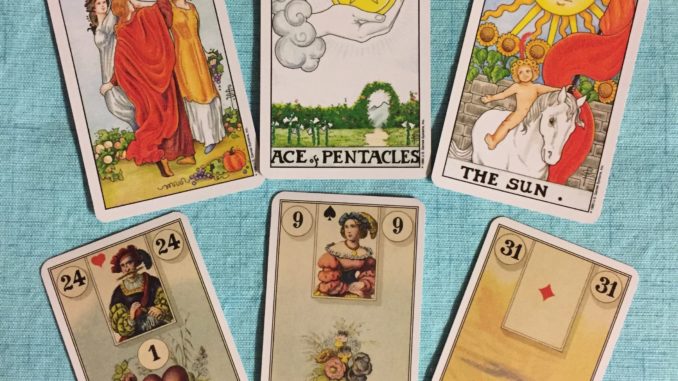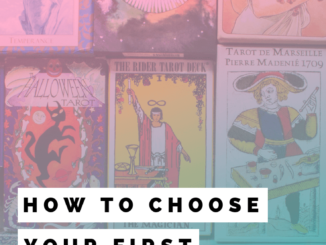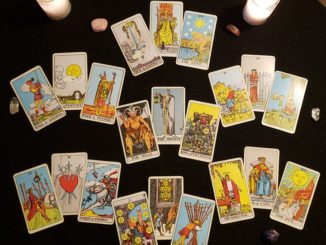
I’ve been reading tarot cards for almost 30 years. And while I’ve never had anyone NOT want their cards read, I have had to do a lot of explaining about what tarot cards are and what they do. People often seem nervous— or even scared —for some reason, so I want to explain why this response is not warranted in this article. Tarot cards are really just as normal as dream interpretation.
I like to start the explanation by sharing that Dr. Carl Jung (founder of the Myers-Briggs Type Indicator, shadow work, archetypes, the collective unconscious), reported opening his client therapy sessions with a tarot card reading. That makes perfect sense to me. While he was a medically trained professional, his core research and writing on the subconscious has long been the benchmark in the psychological and behavioral science communities. And tarot is really just a catalog of the subconscious.
Jung spent years identifying something he called archetypes. These archetypes were comprised of stories and symbols; myths, metaphors and analogies that seemed to be documented across generations and all cultures. For instance, The Knight in Shining Armor is a common archetype. And there are four Knights in the tarot deck, all representing a different facet, element, focus and so on.
So, the tarot is a complete representation of our subconscious players, so to speak. We all have dreams with similar imagery or characters. The tarot allows you and me to discuss these elements in a common and understandable format. Otherwise, we would have to describe in detail— each and every time—- what you mean or how you felt or what you were envisioning in your mind.
A tarot reader gives you guidance or suggestions or even urgings based on the cards you “pull” or draw. The cards that are presented are part of a unique 78 cards. After handling and shuffling the cards (or the reader may do this for you), the ones that show or come up are the very ones you need to see. These cards will represent your blocks, patterns, obstacles, gifts and so on. You may not be able to see these for yourself in a conscious way. The tarot allows for a GENTLE message from subconscious to conscious. The conversation between reader and seeker after the cards are revealed is a large part of the healing or answers sought.
The only real “magic” here is that a tarot reader spends an enormous amount of time learning about the cards’ meanings and how these could apply to the individual in front of them. A lifetime of exploring and learning about the archetypes and world symbolism and myths is not uncommon when one decides to be a reader. The ability to ask questions or probe with emotional intelligence is also needed (in my opinion and experience) as the reader is getting into some very private areas in the seeker’s mind and world.
Proudly WWW.PONIREVO.COM



